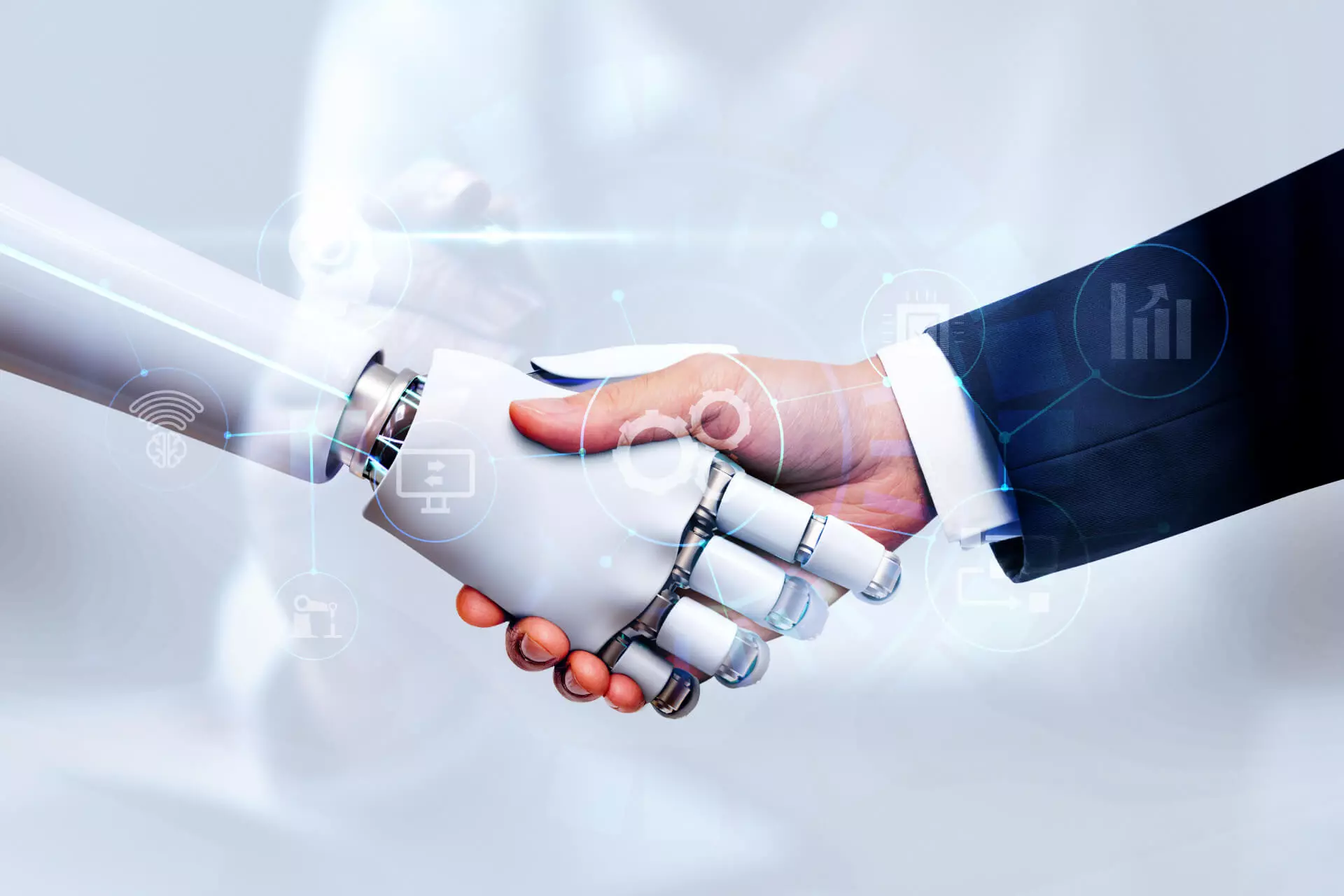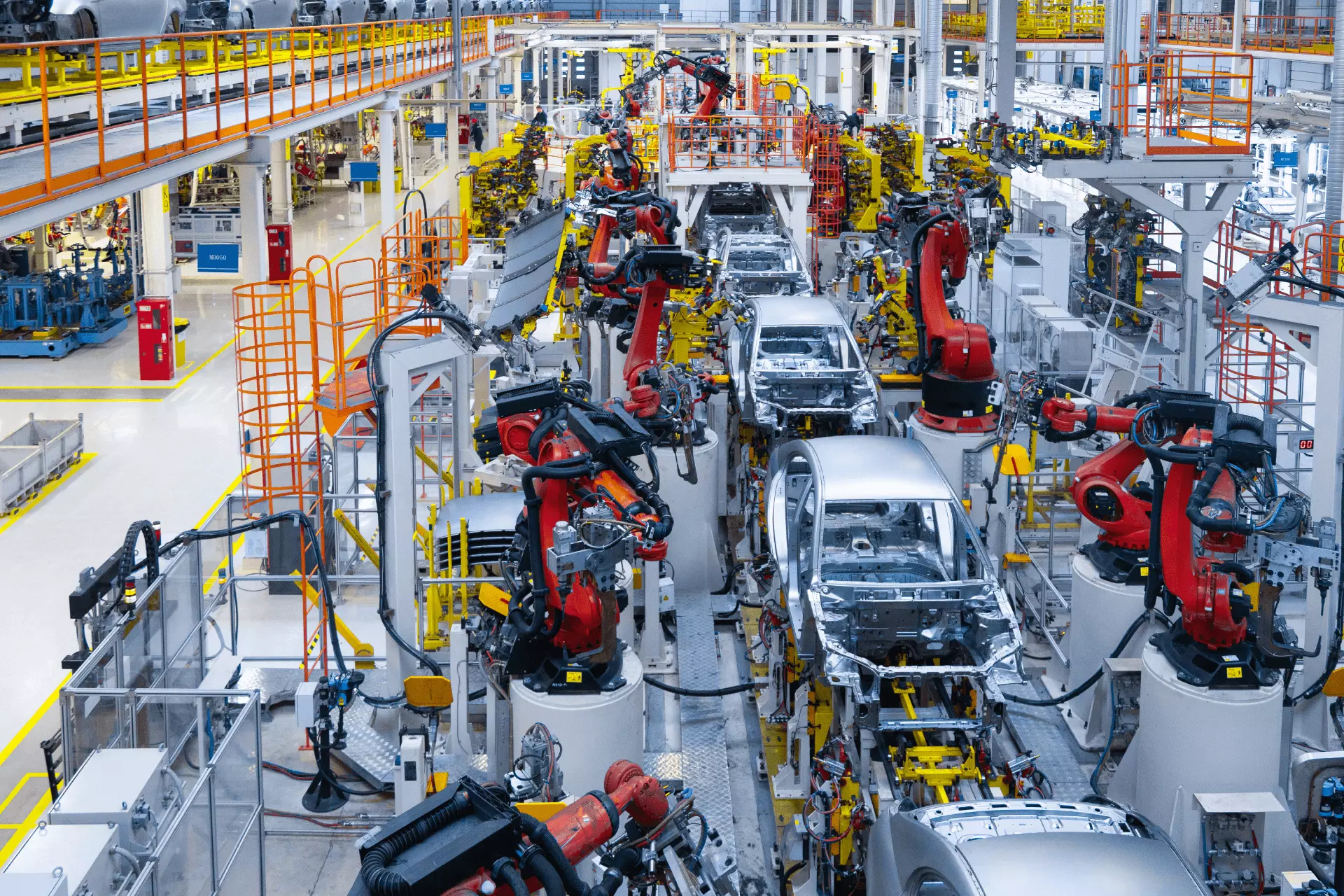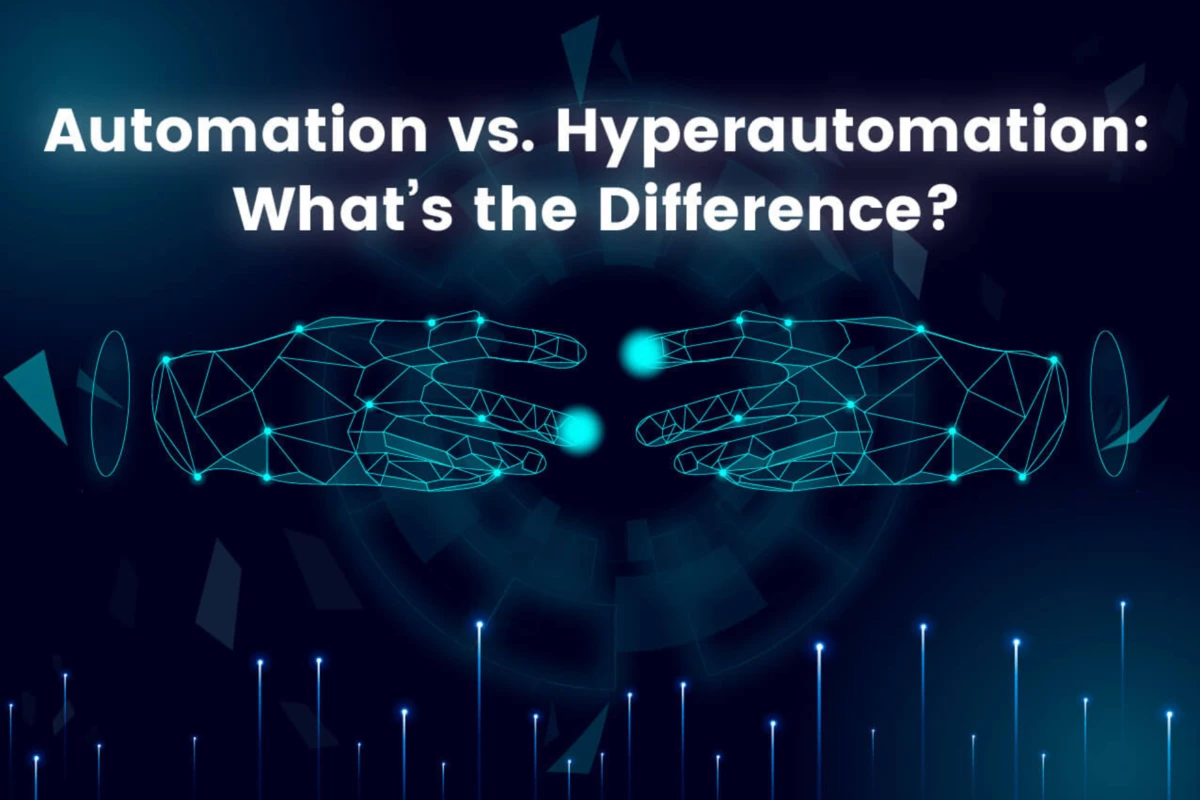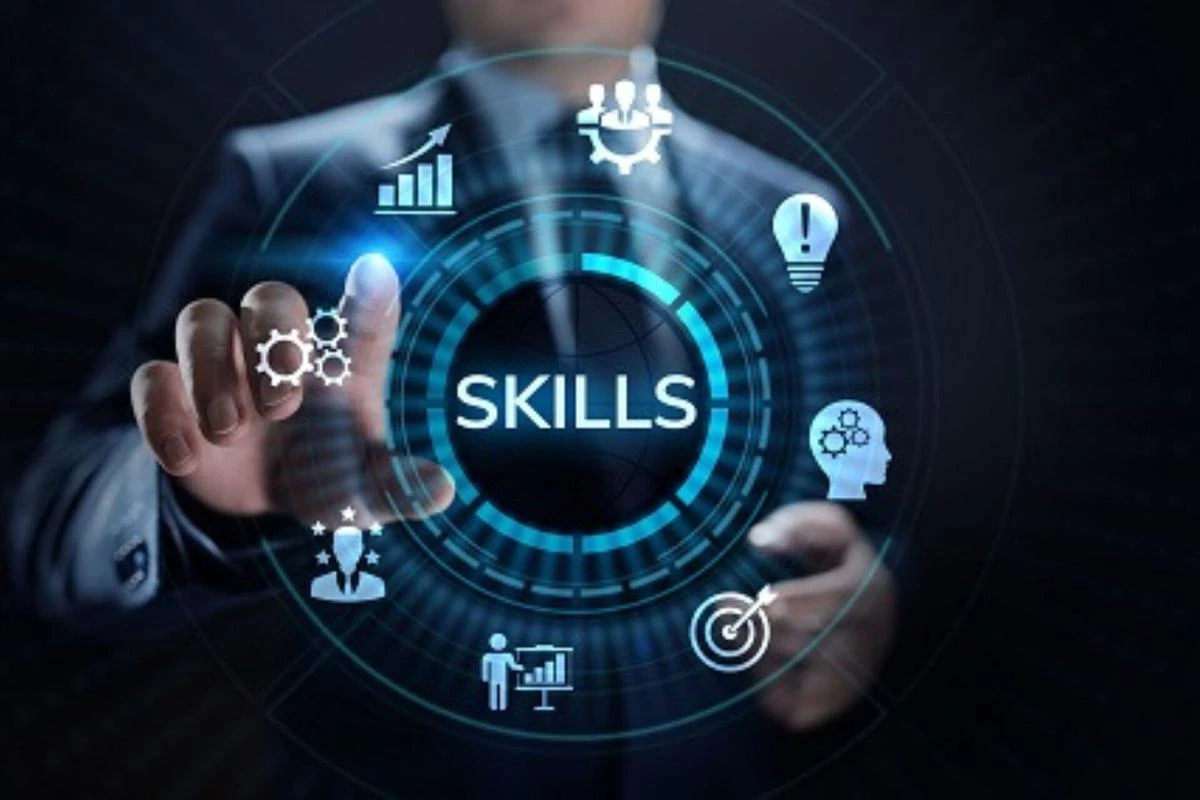Robotic Process Automation (RPA) and Artificial Intelligence (AI) are two of the most successful technologies to achieve Intelligent Process Automation. For associations to achieve the most conflicting objective of adding client satisfaction and employee morale while reducing operating costs.
Before we get into the difference and commonalities between the two, let’s know what those terms are.
What is RPA?
RPA, or robotic process automation, is software that mimics human action to complete predicted tasks. With the automatic completion of structured tasks, you can streamline and expedite business processes. The software will complete tasks the same every time, so you can use it to standardize any process that has structured data as inputs.
What is AI?
AI automation, or artificial intelligence, is a computer’s capability to act in a human’s intellectual and internal capacities. Artificial intelligence gives the ability for computers to input data, be it structured or unshaped, and make sense of it by knowing what to do with it. That allows AI robotization to execute tasks that are not just for prediction.
Where is RPA mostly used?
Robotic process automation is functional across many businesses because every type of business has at least one process that is repetitive and non-automatic. Likewise, the industries implementing RPA the most are banks, financial services, telecommunication companies, and insurance companies.
How is AI being used in real life?
AI has many purposes. It’s currently common for websites to have chatbot support, which is one use of artificial intelligence. Also, the finance team can work with AI to perform advanced analytics, similar to being suitable to complete tax calculations with utmost accuracy. AI can help to optimize products, manage force, plan logistics, and more.
RPA – AI combined for Intelligent Process Automation
The two technologies can support each other and have the potential for integration. To form a more robust platform for intelligent robotization, automating any front or back-office business process and orchestrating work across combined human-bot groups.
These are some of the reasons why you would use RPA and AI in a single package
- Shoot up the productivity of your human resources.
- Save your staff from painful, tedious, agitating, and repetitious tasks.
- Get rid of errors from the office, and be sure to reach the correct results.
- Ameliorate data operation more effectively and save costs.
- Acquire complete process Translucency through a customized dashboard and customized reporting support.
How is AI used in RPA?
While AI is not vital for robotic process automation, the two technologies can come together to maximize results. When paired together, artificial intelligence and robotic process automation produce a third type of technology known as intelligent process automation (IPA) or smart process automation (SPA).
Intelligence process automation carries out repetitious tasks from the RPA addition, but it can do more through the addition of machine learning. Machine learning models are a beginning force of artificial intelligence that allows the software to learn over time through access to further data and recognize patterns.
As similar, intelligent automation can make opinions as if they were a human because of algorithms and perceptivity picked from data.
When paired hand in hand, AI and RPA transfigure organizations immensely to reduce costs, streamline workflows, and achieve functional effectiveness.
Difference between AI and RPA
Since both artificial intelligence and robotic process automation are technologies that can execute tasks and mimic human capacities, one can be easily confused between the two. And when you consider one as the brain and one as the body, AI & RPA, respectively. The differences are apparent.
Robotic process automation is software that behaves like a human and works like a human. Similarly, Artificial intelligence is the simulation of human actions programmed in machines that think like humans and enact like them.
RPA robots automate rules according to defined rules, while AI is all about thinking & learning.
RPA is a rule-based technology with no intelligence and automates repetitive tasks. AI includes technologies like ML (Machine Learning) and NLP (Natural Language Processing), which help to do more than just completing tasks on rule-based work on repetitive tasks.
RPA is significant for large businesses, as they can reuse vast quantities of data directly without needing non-automatic input. AI helps in decision-making without human intervention.
The main objective of RPA is to automate repetitive and complete tasks. AI replaces human labour, just like robots in a factory replace workers.
RPA is easy to apply. However, RPA can be complex as software collects an extensive amount of information with each other from various networks. Yet, it will be a simple proposition than AI. And as AI needs a lot of effort to set up and run.
RPA is a process-centric technology because RPA is all about automating repetitive and rule-based business processes.
AI is known as data-driven technology, known for furnishing good-quality data.
In conclusion, RPA and AI are precious technologies essential for the organization’s digital transformation. Still, the choice of enforcing either RPA or AI (or both) depends on the conditions of the association.
AI + RPA: Enabling End-to-End Intelligent Process Automation
End-to-end automation is necessary to provide the self-service options that so users want. Consider how opening a new bank account online can be completely automated with the help of RPA and AI, performing in satisfied users and money-saving techniques for the bank.
Our client wants to open a new bank account online. The chatbot verifies the type of account the client wants (a business account) and provides a link to the application form. The filled-out form is submitted and handed off to another robot. Further, the bot kicks off the process for a new account. The robot does back-end tasks like checking their credit score and running a know-your-customer verification process on Google and social networks.
Next, the smart OCR robot analyzes the scrutinized documents the client uploaded along with the new account form. It identifies a distinction in the client name as it appears on the form. This exception passes on for human verification. Based on manual input, the robot learns how to respond to analogous situations in the future.
The robot continues to validate the uploaded documents using text analytics and natural language processing to interpret and classify crucial data points from within the free text.
Once all data is in order, the robot executes the tasks needed to set up the new business account, uniting with the bank’s back-end systems. However, the robot automatically sends a dispatch to the client with a warm welcome communication regarding information, If the client’s data meet bank conditions.
Eventually, the robot reports to the robotic control room with a charge fulfilled.
Conclusion
Automation is further than a buzzword. It is come a necessary way of operating organizations and supporting people. Now that you know the difference between RPA and AI, it is clear that using both technologies is advantageous.
Alone, robotic process automation can complete rule-based and defined tasks. It combines with artificial intelligence, and the software has the power to make opinions, prognosticate unborn issues, and execute high-position tasks.



